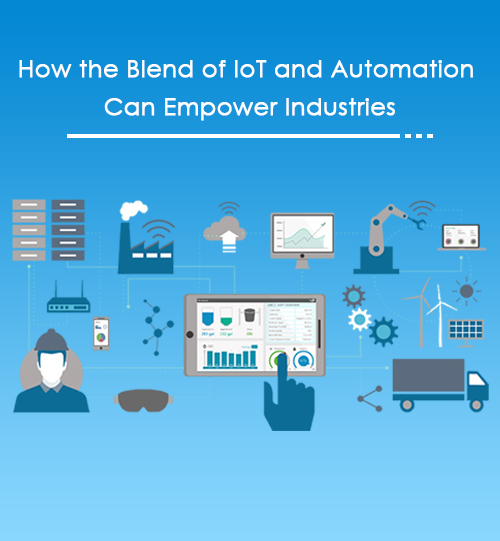The Internet of Things has been gaining momentum with each passing day. The technology has already paved its way to the smartphone territory in the form of mobile apps and connected devices. Driven by excellent mobile capabilities, IoT is deemed to have an inevitable impact on customer or user experience. It provides deeper connectivity to the world, and businesses can easily observe, understand, and analyze their customer behavior using an IoT app. Thus, most businesses seek the best IoT application development company to create a smart app and deliver the best customer experience.
Now, let’s get an in-depth understanding of how you can improve customer experience with an IoT app.
Provide Better Services and More Convenience
IoT allows businesses to offer the same or better services at a lower cost than their conventional methods. Using an IoT app, you can remotely monitor and maintain equipment without human intervention. Passing these savings onto customers in the form of better features and technology can help you provide them more convenience and maintain an impactful end-user experience.
Understand Customer Behavior in More Depth
Understanding customer’s behavior is one of the necessities for every business to thrive. It enables you to optimize your mobile app experiences to please even the most critical customers. Businesses that overlook this aspect are unlikely to retain a steady and repeat customer base.
With IoT development services, you can garnet relevant information, data, and statistics about customers using social media, mobile internet, video surveillance, GPS devices, and more.
Moreover, IoT-based apps provide ample benefits, including seamless payment process, faster shipping notifications, and easier return processes. By keeping track of users’ activities and keeping them updated with their return history, transactions, and more, can help you ensure the best customer experience.
Generate Better Research with Automation
In today’s technological landscape, IoT, AI, and data science have become indispensable. These technologies are sufficing the never-ending demand for data. Automating data collection via in-app surveys, feedback, browsing trends, and app usage gives profound insights into how customers think. You can also use your company’s own data to optimize the user experience and provide better-personalized communications.
Give Consistent Experience to Users
From the customers’ perspective, an IoT application is beneficial in many ways. You can ensure consistent customer experience by displaying real-time data about their product shipment, their health, and other activities. This consistency is invaluable for customers and will ultimately trigger positive feelings for your brand, creating a potentially loyal customer.
Besides, an IoT app allows you to take your business productivity to a higher level, allowing employees to focus on other tasks. As IoT facilitates real-time measurement, it is easy to monitor your business output at any time. Another benefit of IoT is that you can optimize your to-do lists and employee schedules.
Drive More Efficient Data Environment
Connected devices create an IoT ecosystem that generates a massive amount of data. To ensure the security of this sensitive and private information, encryption and safe storage have become a top priority.
However, in this age of edge computing, many IoT devices have eliminated the need for accessing data storage to generate, analyze, and report metrics in real-time. This faster solution provides users with better prediction, more accuracy, and more trustworthy experience.
Final Words
Internet of Things is rapidly becoming one of the key propellers for mobile app development. Businesses must embrace IoT to stay ahead of the curve as this technology will continue to open new doors of opportunities.
In order to leverage IoT benefits and drive business growth, every player in the industry is investing in IoT development services. Besides, if we talk about customer experience, you’re missing out on valuable data without deep and increased insights into their customer behavior. So, we recommend you to approach a reliable IoT application development company to create a high-performance IoT app and maintain consistency in customer experience.





